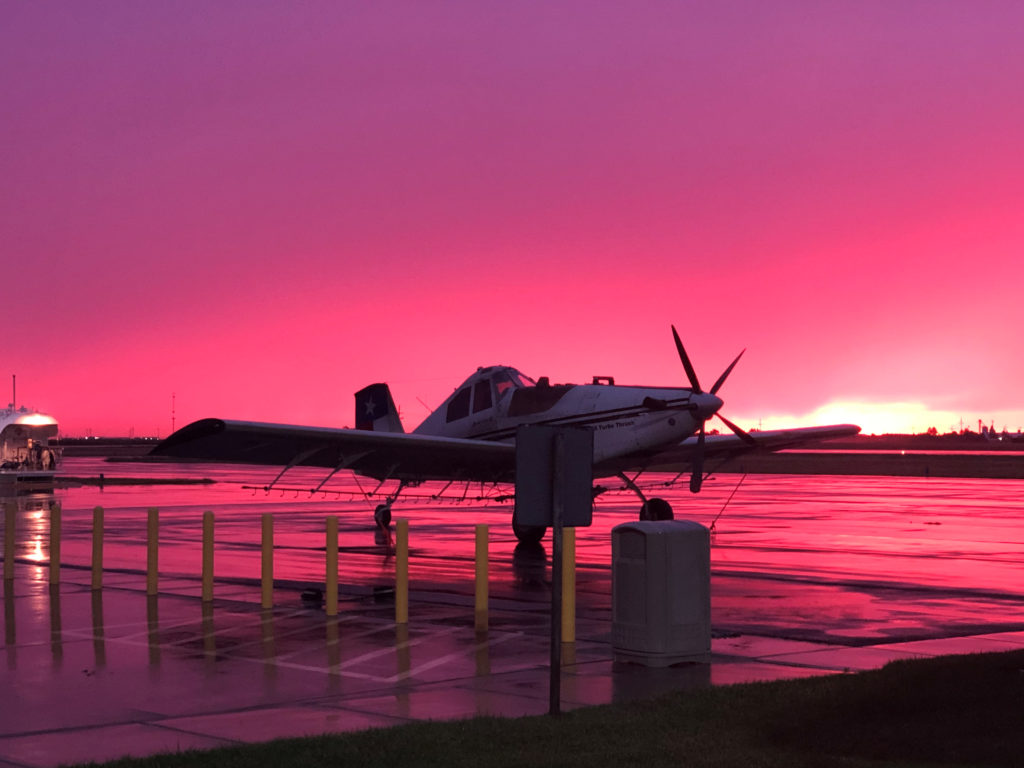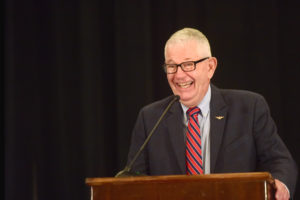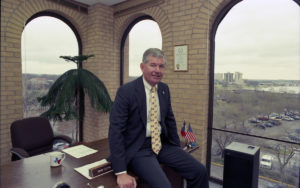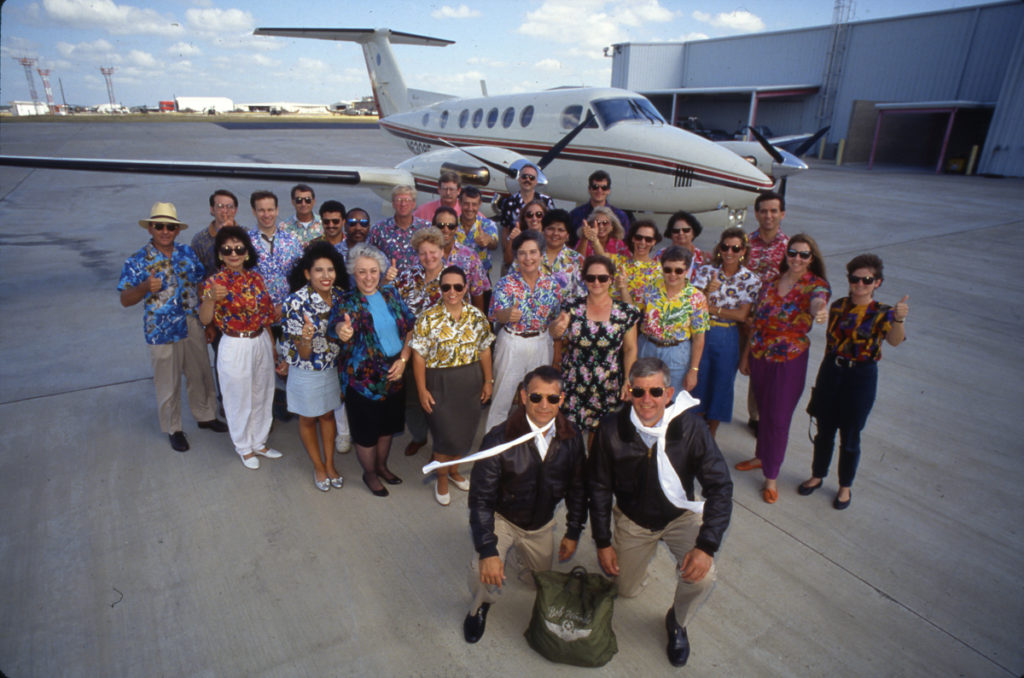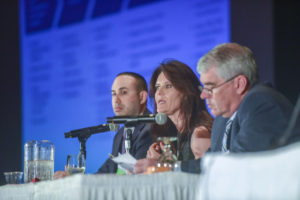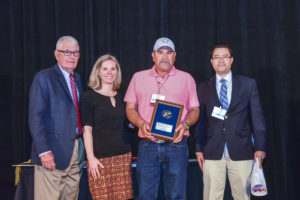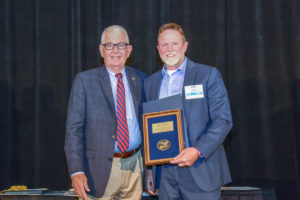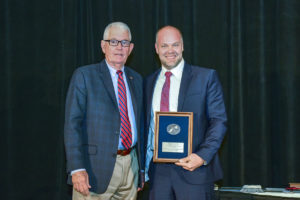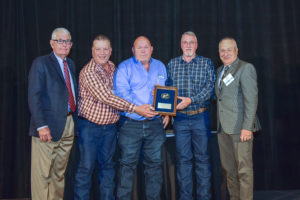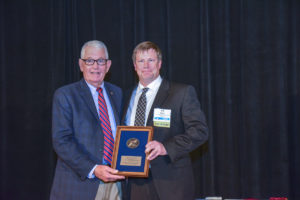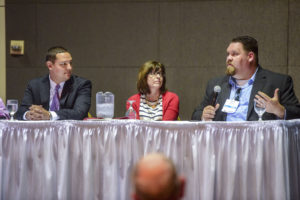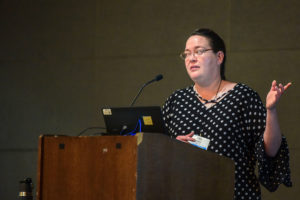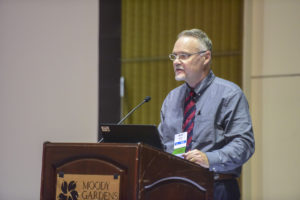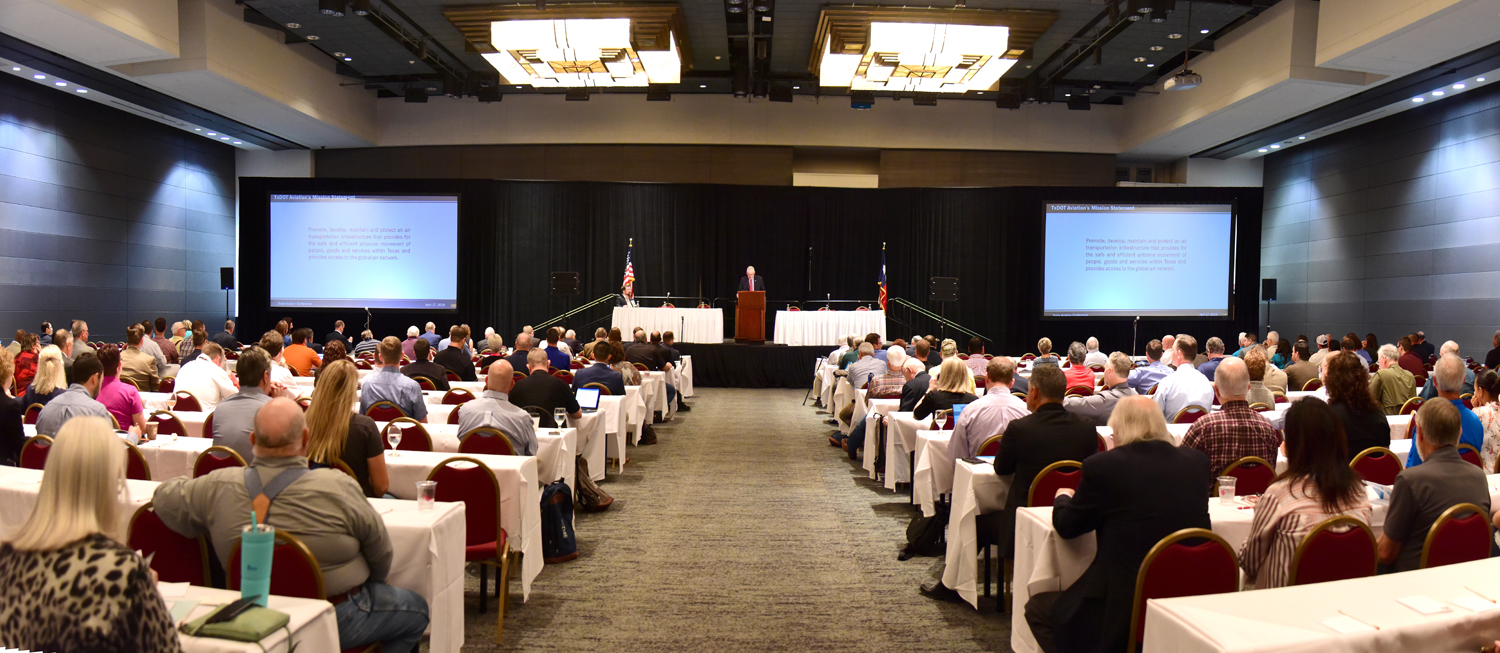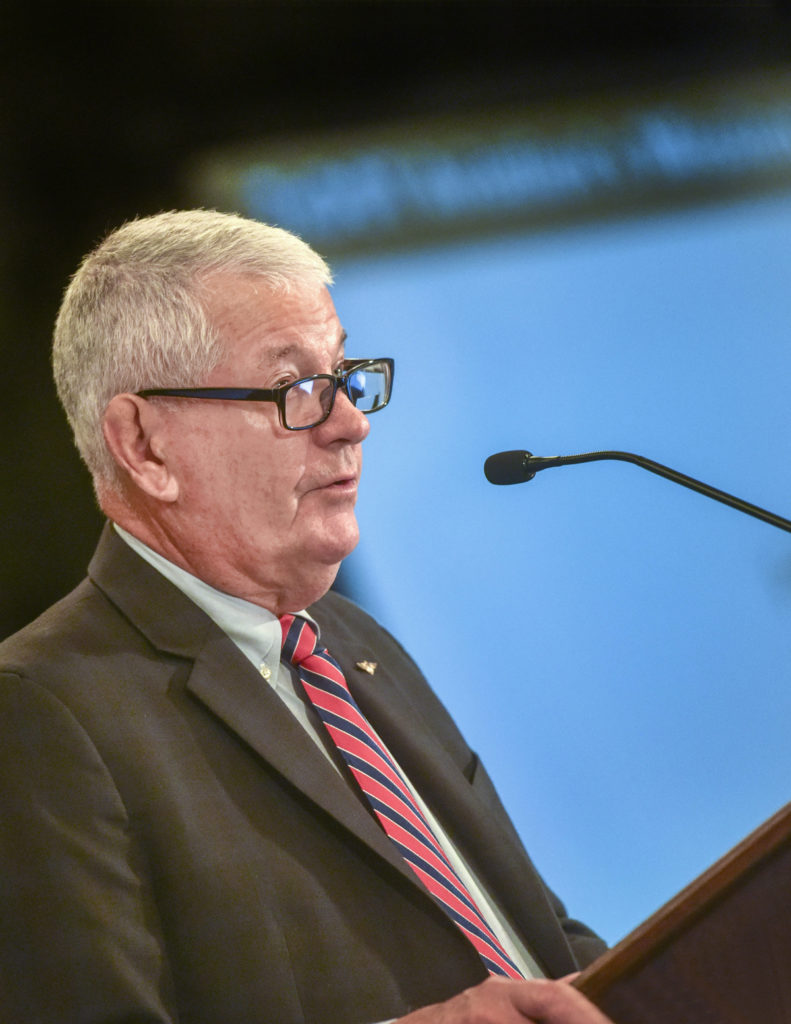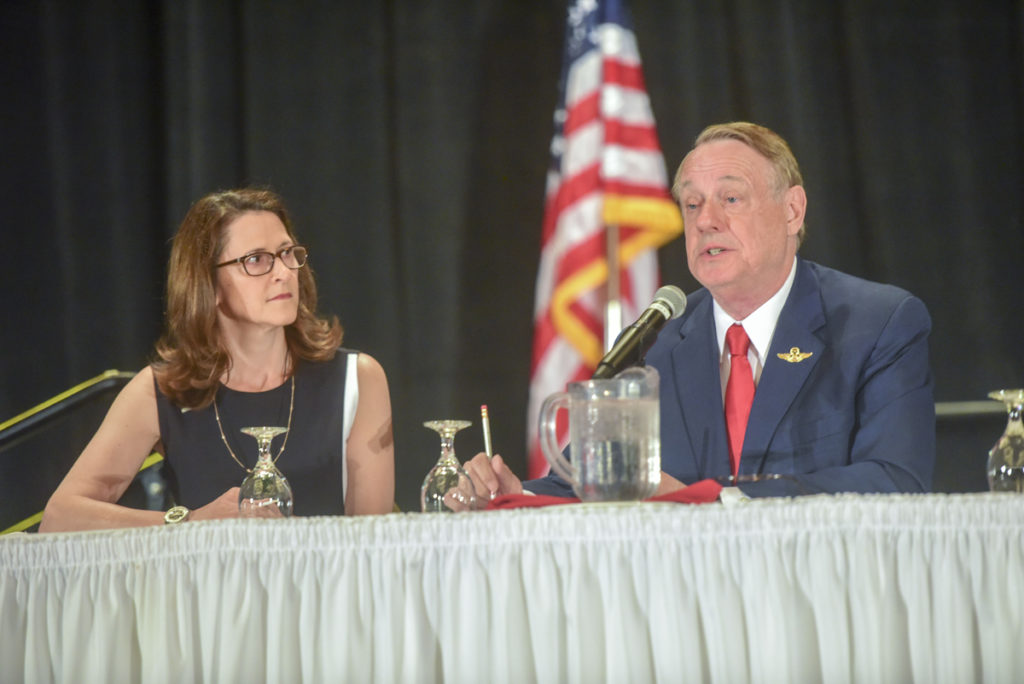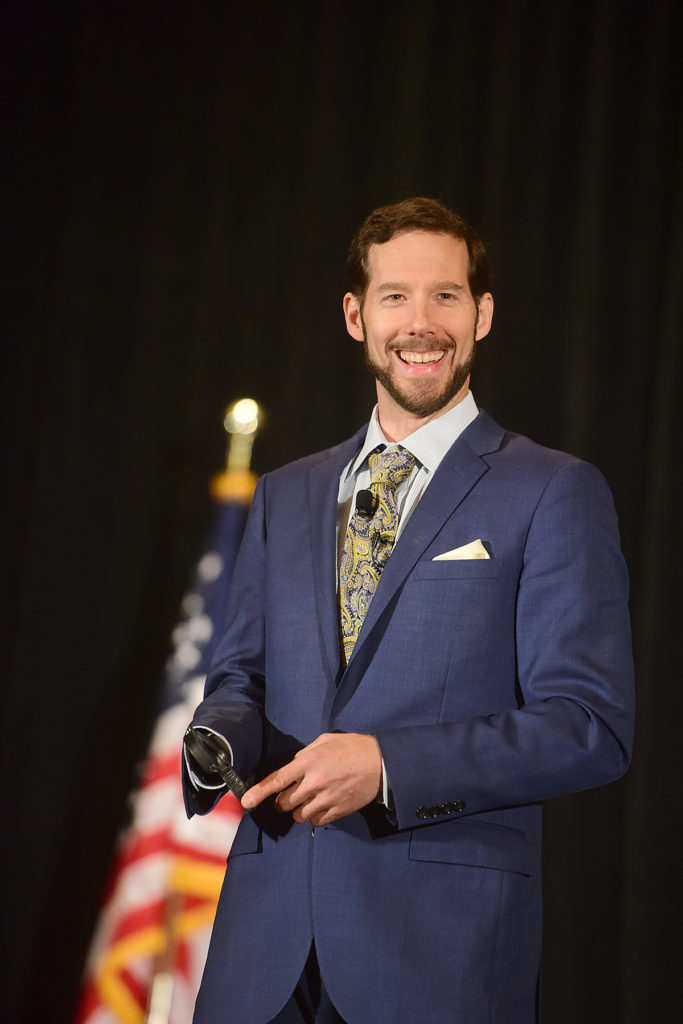Gainesville Municipal Airport
$518,820
Rehabilitate and mark taxiway B; and remove excess pavement along taxiway B.
Madisonville Municipal Airport
$918,900
Rehabilitate and mark rehabiliate and mark Runway 18-36, rehabilitate apron and cross taxiway; repair medium intensity runway lights, segmented circle and lighted wind cone; and install shoulder grading, new ditches and new culverts.
Lamesa Municipal Airport
$1,968,810
Rehabilitate and mark Runway 16-34 and Runway 7-25; rehabilitate taxiway A, B, C, D, E, F, J, K & L; rehabilitate apron and hangar access taxiway M; and install precision approach path indicator-2.
Quanah Municipal Airport
$686,170
Rehabilitate and mark Runway 17-35 and taxiway A; rehabilitate apron; pavement strength evaluation and precision approach path indicator repair and service.
Wilbarger County Airport/Vernon
$775,340
Rehabilitate and mark Runway 16-34; rehabilitate parallel taxiway to Runway 2-20; and hangar access taxiways; rehabilitate and repair apron; and mark apron and taxiways.
Brooks County Airport/Falfurrias
$675,000
Replace runway 17-35 medium intensity runway lights with LEDS and airfield sign and replace PAPIs.
McGregor Executive Airport
$617,910
Overlay and mark public apron area.
Rusk County Airport/Henderson
$1,365,337
Rehabilitate and mark Runway 17-35 and seal shoulders; construct new hangar access taxiway; rehabilitate parallel and cross taxiways, HMA hangar taxiways, PCC hangar apron, terminal apron and south PCC hangar apron.
Athens Municipal Airport
$1,456,940
Reconstruct north parallel taxiway and cross taxiway and reconstruct apron.
Devine Municipal Airport
$401,980
Rehabilitate and mark Runway 17-35; rehabilitate terminal apron; rehabilitate and mark taxiway leading to terminal apron; and rehabilitate airport access road.

